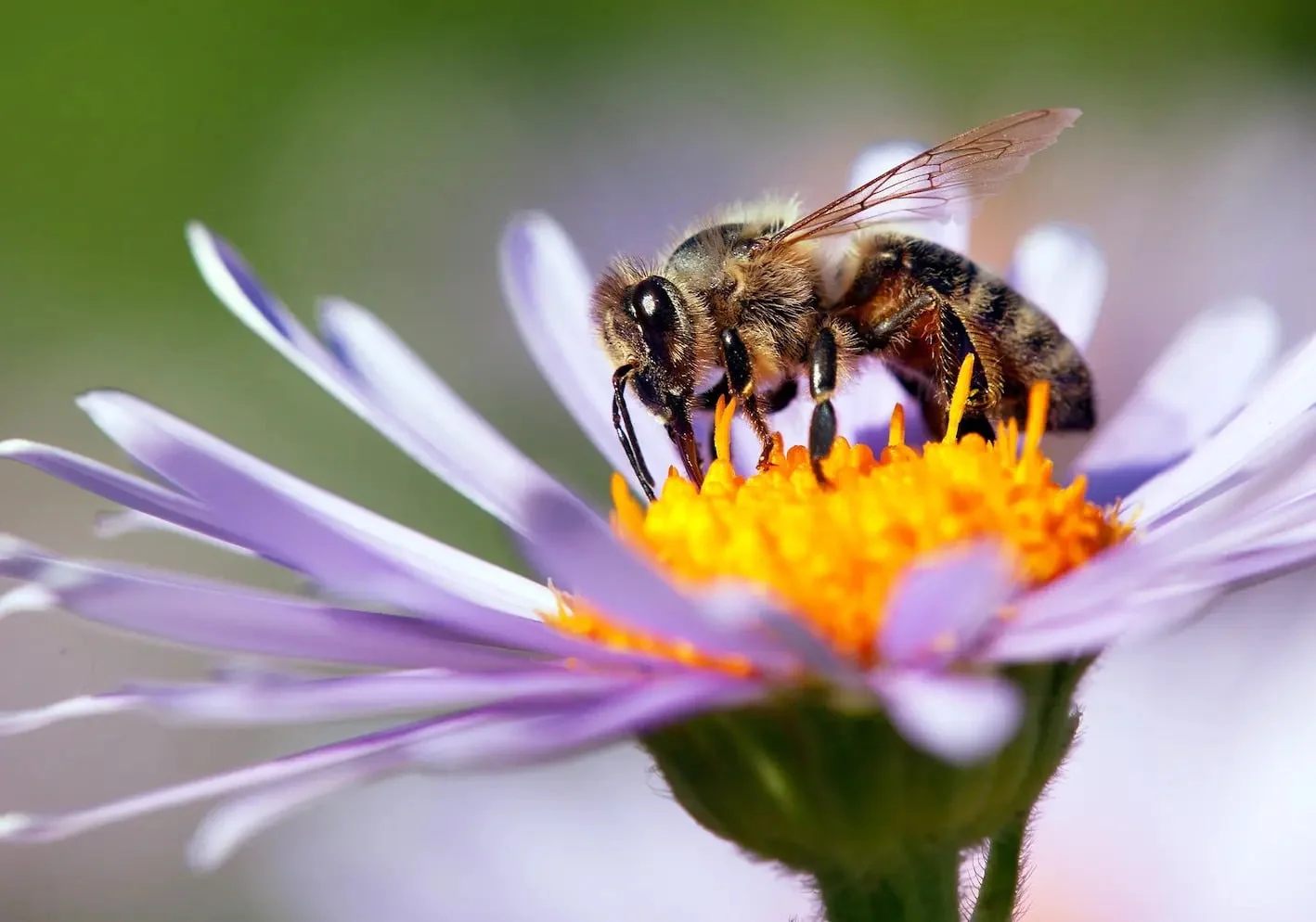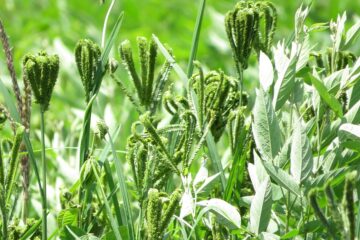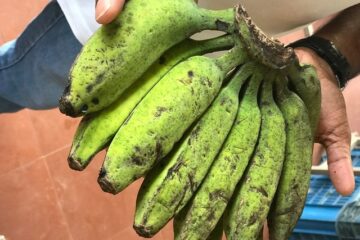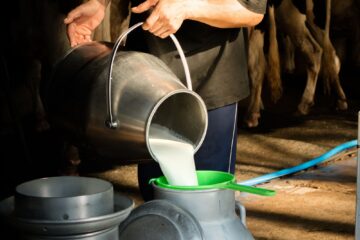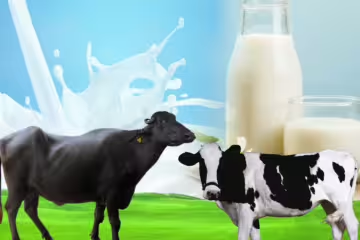Published in the November 2017 Edition
We generally know insects as food for other creatures. However, some insects perform remarkable tasks, and honey bees are among them. Beekeeping is an activity aimed at enhancing agriculture and nutrition. Let’s explore the types of bees and the practice of beekeeping.
Types of Honey Bees
Honey bees are small insects, categorized into four types:
- Apis dorsata: Known as the giant honey bee, it is the largest among bee species, with a colony producing about 37 kilograms of honey annually.
- Apis florea: Referred to as the dwarf honey bee, its colony yields between 0.5 to 1.0 kilograms of honey per year.
- Apis indica: Called the Indian honey bee, its colony produces between 2.0 to 5.0 kilograms of honey annually.
- Melipona iridipennis: Known as the stingless bee, its colony produces about 60-180 milliliters of honey per year.
Subcategories of Bees
- Queen Bee: The reproductive female.
- Male Bees or Drones: Responsible for mating with the queen.
- Worker Bees: These are mostly sterile females that perform various tasks within the hive.
Special Features of Honey Bees
- Wings: Honey bees’ wings beat 400 times per second during flight.
- Wax Glands: These glands produce beeswax, used for constructing the honeycomb.
- Stinger: Found only in the queen bee and worker bees.
Beekeeping
Before the production of sugar, humans relied on honey for sweetness. Hence, beekeeping became part of agriculture. Modern beekeeping, using scientific and commercial methods, involves raising bees for honey and beeswax.
Initially, beekeepers would kill the bees by smoking the hives and then extract the honey by squeezing the combs, resulting in impure and inferior honey.
In 1951, Langstroth invented artificial hives, which are now widely used. In this method, bees are enticed to build their combs in removable frames within the hive. The comb is then removed and placed in an extractor, where centrifugal force expels the honey without damaging the comb, allowing for repeated use and increased production of pure honey.
Beekeeping is a practiced industry in the USA, Australia, and Canada. In India, it is emerging as a small-scale industry. The Khadi and Village Industries Commission (KVIC) and the Indian Council of Agricultural Research (ICAR) are working to promote beekeeping in India.
M.D. Gowri, Research Student, and Dr. M.C. Nalin Sundari, Assistant Professor, Department of Zoology, Queen Mary’s College, Chennai – 600 004.

